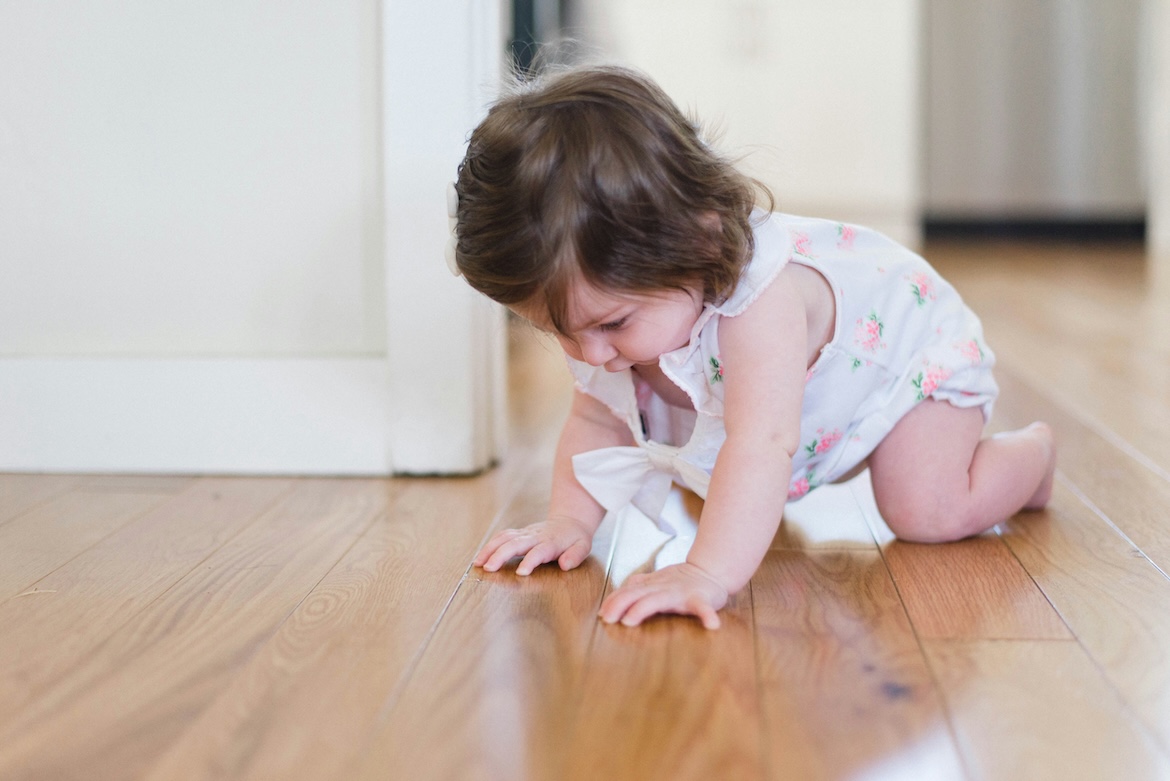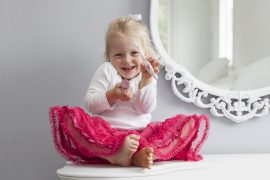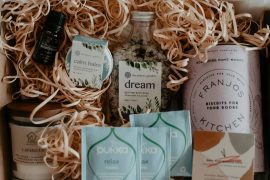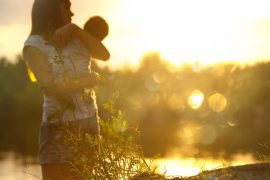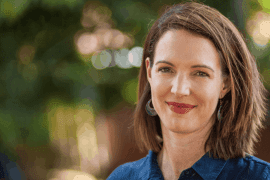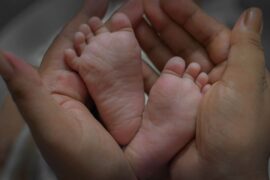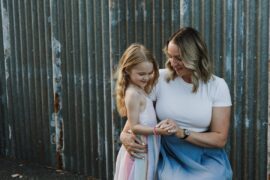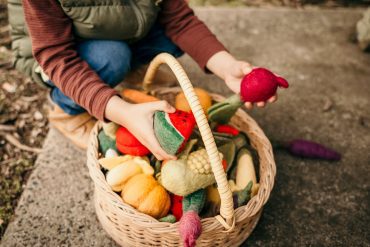By Jane Marsh
As a parent, you want to create the safest environment possible for your little one. You wash your hands more often than you can count, endlessly sterilise bottles and baby-proof sharp-edged furniture. You don’t want to risk anything happening to your baby. But what about hidden dangers lurking in your home
Many everyday items can harbour bacteria, allergens and harmful chemicals. Here are seven unusual things in your home that can make your baby ill, along with research-backed solutions to keep your little one safe.
1. Humidifiers and Air Conditioners
Some babies younger than 6 months get the sniffles because their nasal passages are so small. Humidifiers can ease congestion and even prevent a baby’s skin from drying out. However, if you don’t clean it properly, your humidifier will become a breeding ground for moulds and fungi, which can trigger respiratory issues. Clean your humidifier daily with a vinegar solution and deep clean it weekly.
Meanwhile, air conditioners create a cool and comfortable environment that helps your baby fall asleep better through the night. To eliminate the risk of your air conditioner circulating viruses and allergens, change your filters every 90 days for efficient cooling and air filtration.
Many everyday items can harbour bacteria, allergens and harmful chemicals.
2. Stuffed Animals and Soft Toys
You bought your baby their first new plush toy to give them a comfort object they can grow up with, but it might be full of more than love and memories. It could be a haven for dust mites, mould spores and bacteria. Did you know your child’s favourite stuffed animal has about twice as much bacteria as your wallet?
Steam or wash plush toys in hot water weekly and dry them thoroughly. Wipe non-washable toys with disinfectant, place them in a sealed bag and freeze them overnight to kill dust mites.
3. Sippy Cups and Baby Bottles
Leftover milk in sippy cups and baby bottles can quickly develop harmful bacteria. Models with difficult-to-clean parts and hard-to-reach crevices can make your sippy cup attractive to mould.
To prevent mould growth, wash bottles, nipples and sippy cups immediately after use with hot, soapy water. Sterilise them regularly, especially if your baby is younger than 3 months or has recently been unwell. The National Health Service recommends sterilising all equipment for at least the first year of your baby’s life.
4. Pet Bowls and Litter Trays
Your baby’s crawling stage is an exciting milestone, but it also makes them prone to picking up germs and contaminants from the floor. When your adorable one strays into pet food bowls and litter trays, they might acquire bacteria like Salmonella and Campylobacter from pet saliva and faeces, which can cause severe gastrointestinal infections.
Keep pet food and water bowls in an area inaccessible to your baby and clean them daily. If you have a cat, place the litter tray in a locked or gated area to prevent your baby from coming into contact with it.

